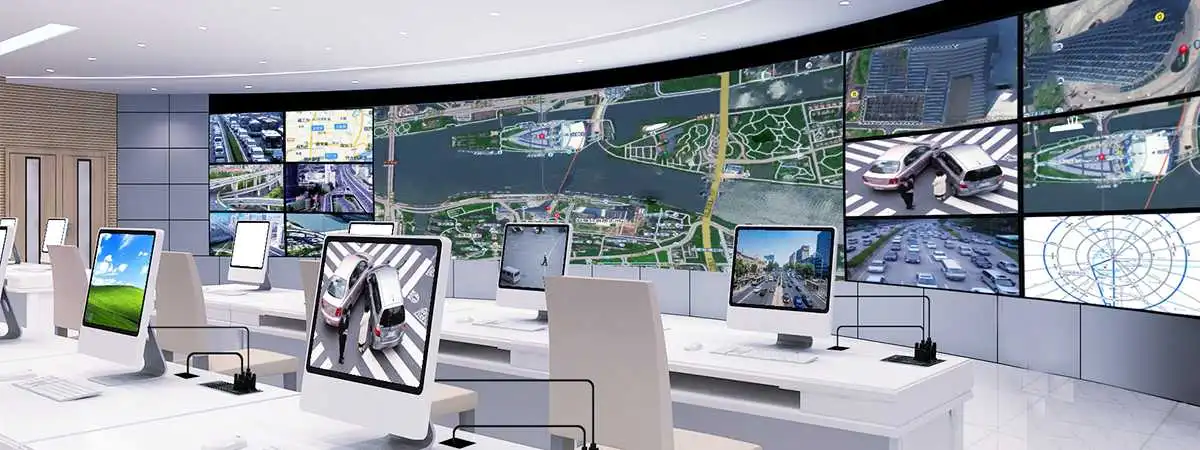Why shall we use the Remote KVM Switcher?
KVM is a management device in a network, which enables control of multiple devices with a set of keyboard, monitor and mouse, professionally known as a multi-computer switch. Digital KVM is mostly used in enterprise server rooms or data centers, which not only reduces energy consumption and saves rack and server room space, but also avoids the clutter caused by redundant keyboards, monitors and mice. With centralized management it helps managers of enterprise information rooms to greatly simplify work process and enhance enterprise productivity. Especially with the current trend of globalization and network penetration, remote KVM switch solutions fully meet the management requirements of enterprises for off-site remote server rooms.
1. Advantages of using digital KVM
(1) By deploying KVM devices, all servers are centrally managed, eliminating the need for ancillary devices such as keyboards, monitors, and mice that were previously necessary for each server.
(2) By using remote KVM switch technology, the management of servers is expanded from being limited to a small environment in the server room to any corner of the network.
(3) With the remote KVM console or using a web browser, technology managers can manage all servers in the server room from their offices instead of running between the office and the server room.
2. Why shall we use the remote KVM switcher?
At first glance, digital KVM applications may seem similar to remote control software, such as the ability to control another computer host, but in fact, the two products are far different. In addition to the difference between software and hardware, digital KVM has features that software tools cannot provide:
(1) The digital KVM provides user login history.
(2) Digital KVM can manage multiple computers at the same time; while the software can manage only one computer.
(3) KVM does not take up computer resources; the software solution must be installed in the computer, which consumes more computer resources and bandwidth.
(4) The quality of the video transmitted through the software is not as clear as that of digital KVM.
(5) The software solution must wait until the computer's operating system has finished executing before it can begin operation. If the host computer crashes and cannot complete the boot process properly, it cannot be controlled; digital KVM, on the other hand, can enter the BIOS to set and boot up the computer, or reboot the host computer with the power distributor.
(6) The remote control software is public software with a higher risk of being cracked, while Digital KVM supports most network security protocols and uses an exclusive encryption mechanism.
In the realm of data center KVM solutions, the advantages of digital KVM shine through its unique capabilities that set it apart from remote control software. The ability to simultaneously manage multiple computers, maintain video clarity, and uphold robust security through exclusive encryption mechanisms underscores the significance of digital KVM, making it an essential choice for modern data center KVM applications. Leveraging these benefits, digital KVM seamlessly aligns with the evolving demands of data centers, complemented by the integration and efficiency of IP KVM HDMI technology.








 EN
EN
 th
th  ru
ru  es
es 



